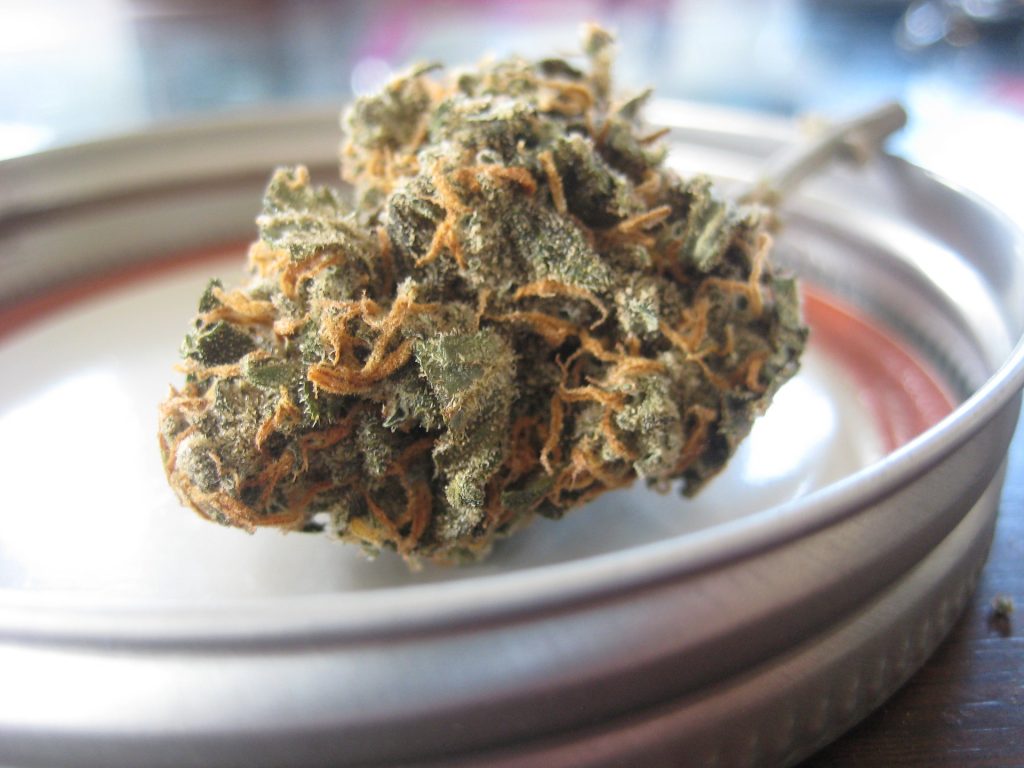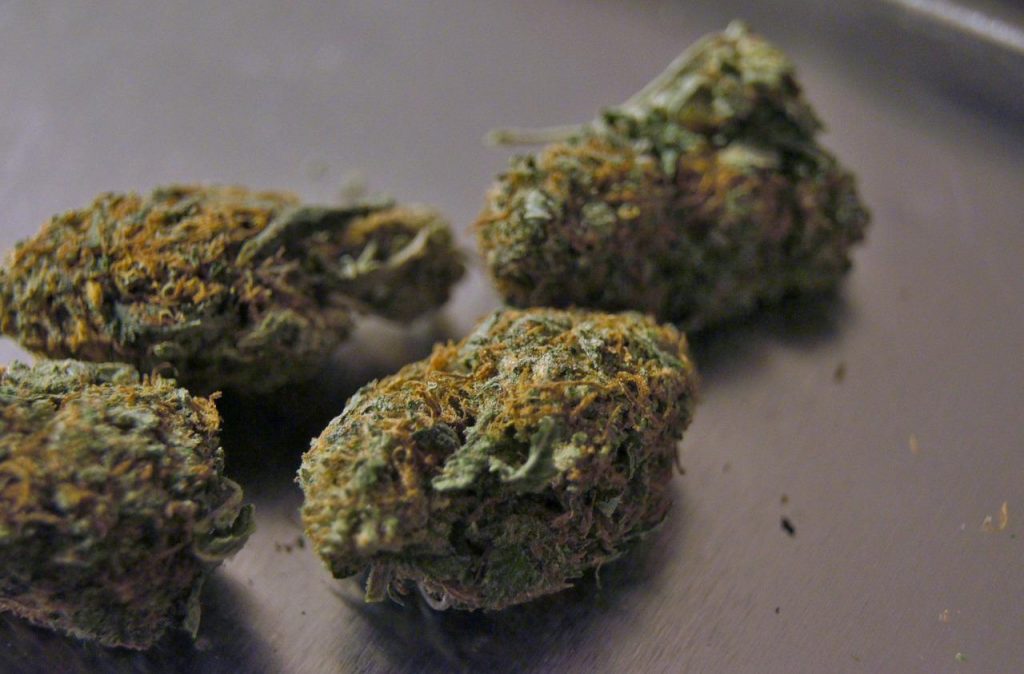For home growers and weed buyers alike, you want to get the most out of your cannabis. This is why the notion of weed going bad is a worrisome concept. This could potentially mean losing your investment in the weed crop, whether you grew it yourself or just made a financial investment by buying it from your local dispensary.
Weed technically doesn’t go bad, like food or any other perishable product, to the point that it can be harmful for you. However, over time, it can lose its potency and appeal. you want to follow a set of best practices to ensure that your weed stays usable as long as possible.

Treating Your Weed After a Harvest
After your weed crop is fully grown, the work starts right after the harvest through drying and curing the buds. Most people will just dry the buds to get them ready for consumption/smoking as soon as possible, but you can improve the buds even further through the process of curing. Curing essentially removes moisture from the buds by controlling environmental conditions. There are a variety of different benefits associated with this practice.
Here are a few examples.
- Certain terpenes can deteriorate at conditions above 70 degrees Fahrenheit. A slow cure below these conditions will preserve some of the unique taste and smell of your cannabis.
- If you can slowly cure weed, this will allow non-psychoactive cannabinoids to convert to THC for longer, leading to a more potent high.
- Curing your weed will help your weed last longer before going bad (which we will get into in a bit).
How exactly do you dry and cure your buds? Different weed growers and makers will have their own spins on the process, but they are all based around this general concept.
Step 1: Spread the harvested sticky buds around a large surface area. Ideally, you can use a rack to ensure air reaches all surfaces of the buds.
Step 2: Wait for the buds to dry. This can be controlled by the grower in various ways, but ideally, you want to keep the temperature lower and humidity around 50% for the best results. As soon as you can snap them cleanly with your hands, they are ready.
Step 3: Begin the curing process by putting your buds in a controlled environment, like quart-sized mason jars. An ideal curing environment is around 70 degrees Fahrenheit and 60% humidity.
Step 4: During the initial week, open the containers to allow the weed to “breathe” for a few minutes. Make sure that you check to see if mold develops.
Step 5: Repeat the process for 2 to 3 weeks. However, some strains can benefit from curing for even longer.
Detecting Old/Bad Weed
Let’s say you failed to follow some of these best practices but still have a weed crop that you plan to use down the line. How exactly can you determine if the weed has “gone bad”?
To clarify, going bad is a bit of a misnomer when it comes to weed. Weed isn’t like milk where it becomes dangerous or unusable if left out for too long. A better relationship is comparing weed to herbs that you cook with. If left out for too long improperly, it loses its quality, meaning that you’ll get a poorer high. Perhaps weed going “old” is a better way to describe what happens.
So how exactly can you tell that your weed has aged to a point where the quality is affected? One of the key things to look at is whether or not it’s overly crumbly. This is a sign that your drying process went too far. Overly dried weed can lead to the weed burning quickly and losing a lot of those precious cannabinoids. Another thing to be on the lookout for is brown patches on weed that otherwise look normal. This may be a sign of mold, but some strains also look like this naturally. A more recognizable sign is mildew-like odor from the weed.

How to Store Weed Properly
Equally important to harvesting and processing your weed properly is making sure you follow best practices for storage. In many cases, it’s improper weed storage that leads to weed going “old” before its time. In general, what you want to place an emphasis on is that you avoid anything that can cause your weed to overly dry out or develop mold. This means looking for an airtight container that is easy to regulate in terms of moisture or air control. This also means the old days of using plastic baggies are long gone.
There are products you can buy specifically for marijuana storage, but similar to curing, mason jars and other types of small jars (glass or ceramic) make for great long-term storage for marijuana. If you want to store weed for even longer than six months, consider vacuum-sealing it. Note that despite what some people may tell you, freezing weed is a bad idea. This will cause the weed to become brittle and crumbly, rather than preserve its quality.
By putting all these advice and practices in action, you not only make your weed last longer, but also have the top quality in terms of high, taste, and flavor.
